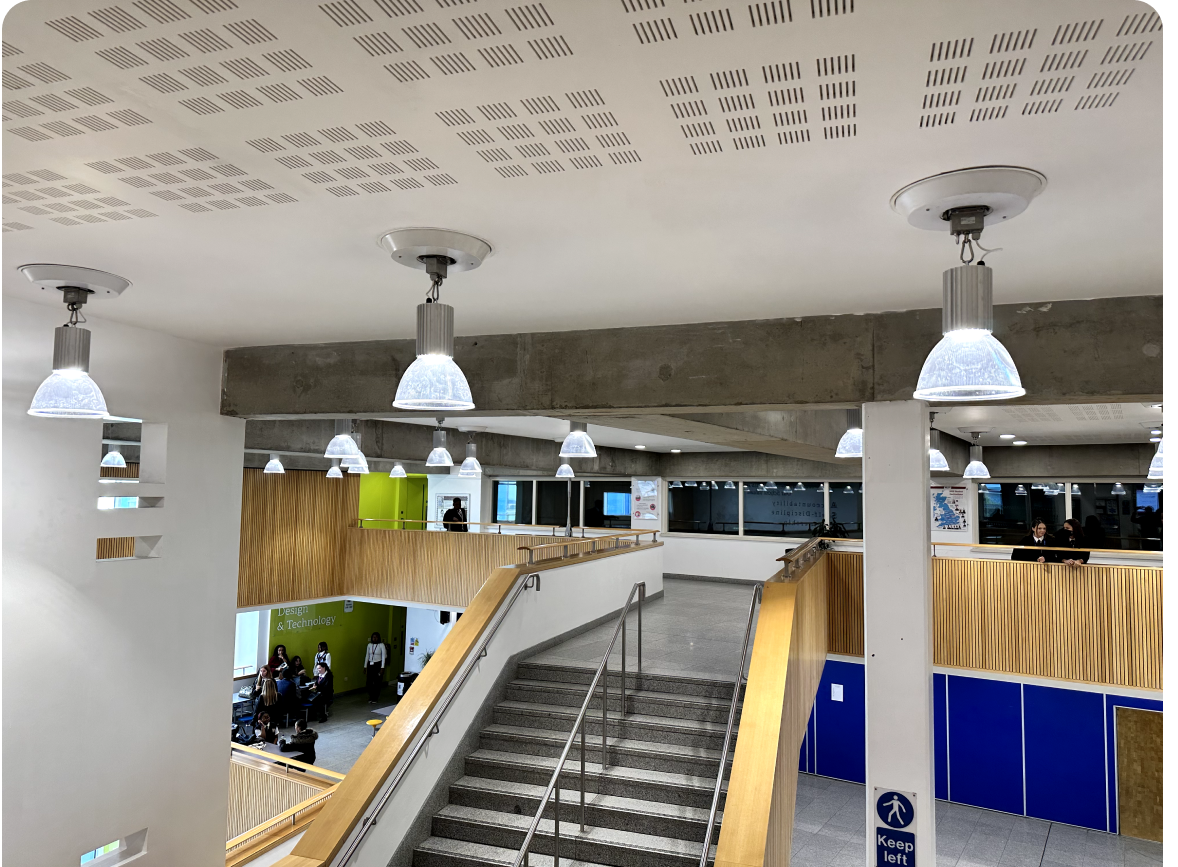Energy is one of the major non-staff costs in schools and a major part of a school’s environmental impact. Reducing energy consumption can help schools save money, create a healthier and more comfortable learning environment, reduce demand on finite resources and have a positive impact on climate change by reducing carbon emissions.
There are many ways that schools can reduce their energy use, ranging from simple behavioural changes to more complex interventions that require investment and planning. This blog post will outline some of the key actions that schools can take to become more energy efficient and sustainable.
- Understand your energy usage and conduct an energy audit
The first step to reducing energy use is to understand how much energy you use and what influences it. You should make sure you have access to data on your energy usage from meter readings and understand how you are being charged. You should also monitor your energy use over time and evaluate the impacts of any changes you make.
An energy audit is a systematic assessment of your energy consumption, identifying where and how energy is used and where savings can be made. You can conduct an energy audit yourself or hire a professional to do it for you. An energy audit will help you to prioritise the best ways to reduce energy use based on your school’s individual needs, building condition and available resources.
- Develop a green policy and engage staff and pupils
Developing a green policy will help to show commitment to energy efficiency and empower staff and pupils to make changes with support from senior leaders. Your green policy should include a mission statement, objectives and targets, roles and responsibilities, a framework for action planning and milestones to review progress.
You should also involve staff and pupils in the process of reducing energy use, as they are the main users of the school building and equipment. You can encourage shared ownership of the issues by making them aware of the energy they are using, what it is costing in both monetary and environmental terms, how their habits have an impact on energy use and how changing them can have a positive effect. You can also encourage and reward ideas and activities that will reduce energy use, such as forming an eco-committee, running campaigns or competitions, or integrating energy topics into the curriculum.
- Implement simple behavioural changes
Some of the easiest and most cost-effective ways to reduce energy use are through simple behavioural changes that do not require any investment or installation. These include:
– Switching off lights and electrical equipment when not in use
– Adjusting thermostats and radiators to optimal temperatures
– Closing windows and doors to prevent heat loss
– Using natural light and ventilation whenever possible
– Reducing water use by fixing leaks, installing low-flow taps or aerators, or using rainwater harvesting systems
– Educating staff and pupils on how to use equipment efficiently
– Reducing waste by reusing, recycling or composting materials
- Upgrade your lighting, heating and ventilation systems
Lighting, heating and ventilation are the main sources of energy consumption in schools. Upgrading these systems can help you save significant amounts of energy and money in the long term. Some of the options you can consider are:
– Installing LED lighting, which uses up to 80% less energy than traditional lighting
– Installing occupancy sensors or timers to control lighting automatically
– Installing better heating controls, such as programmable thermostats, zone valves or smart meters
– Installing insulation to reduce heat loss from pipes, walls, roofs or windows
– Installing renewable energy sources, such as solar panels, wind turbines or biomass boilers
– Installing heat recovery systems or heat pumps to reuse waste heat
– Installing natural ventilation systems or mechanical ventilation with heat recovery
- Apply for funding or grants
Some of the interventions mentioned above may require significant investment that may not be available from your school’s budget. However, there are various sources of funding or grants that you can apply for to help you finance your energy efficiency projects. Some of these are:
– The Public Sector Decarbonisation Scheme (PSDS), which provides grants for public sector organisations in England to fund up to 100% of the costs of capital energy-saving projects that meet certain criteria
– The Salix Energy Efficiency Fund (SEEF), which provides interest-free loans for public sector organisations across the UK to fund up to 100% of the costs of energy efficiency projects that pay for themselves within a certain period through energy savings
– The Green Schools Project (GSP), which provides support for schools across the UK to set up student-led eco-clubs that run projects to reduce their school’s environmental impact
– The Eco-Schools Programme, which provides a framework for schools across the UK to improve their environmental performance and achieve a recognised award
Conclusion
Reducing energy within UK schools is not only beneficial for the environment but also for the school’s finances, reputation and learning outcomes. By following the steps outlined in this blog post, you can start your journey towards becoming a more energy-efficient and sustainable school.
– Conduct an energy audit to understand the current energy usage and identify potential areas for improvement
– Develop a plan to implement energy efficiency measures based on the audit results, such as behavioural changes, operational adjustments and capital investments
– Apply for funding from the government’s £500 million scheme to help state schools and colleges with energy efficiency upgrades
– Monitor and evaluate the impact of the energy efficiency measures on energy consumption, costs and carbon emissions
– Share best practices and lessons learned with other schools and colleges in the local area or network

